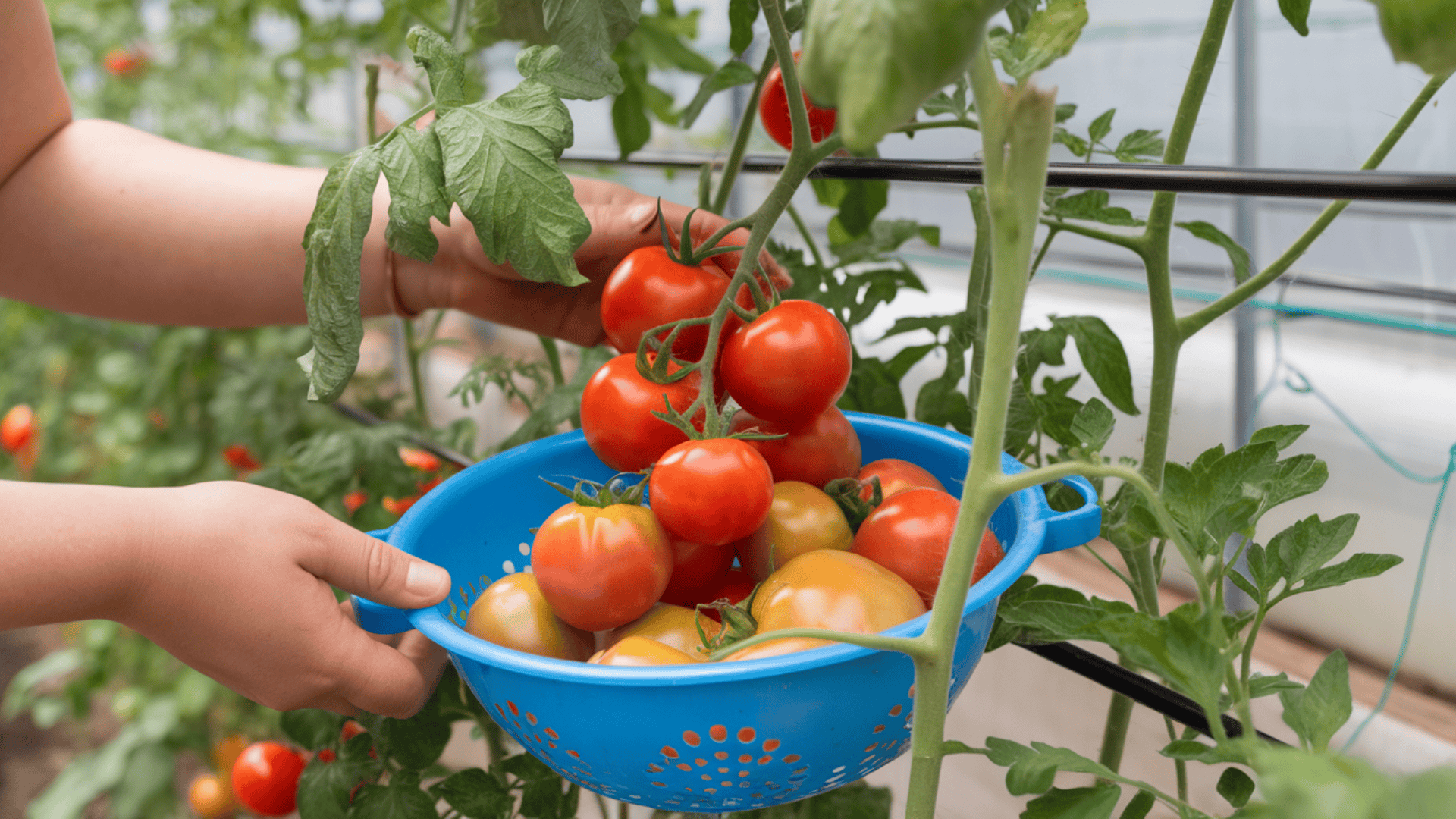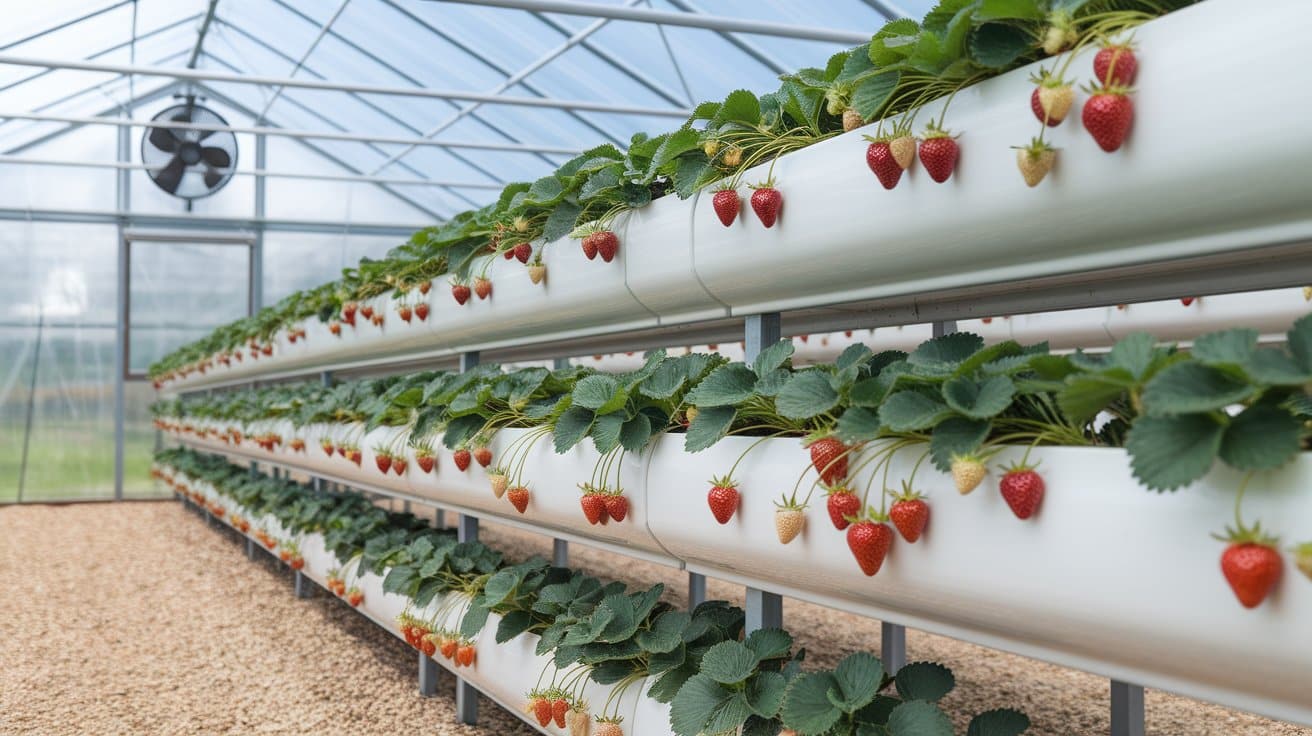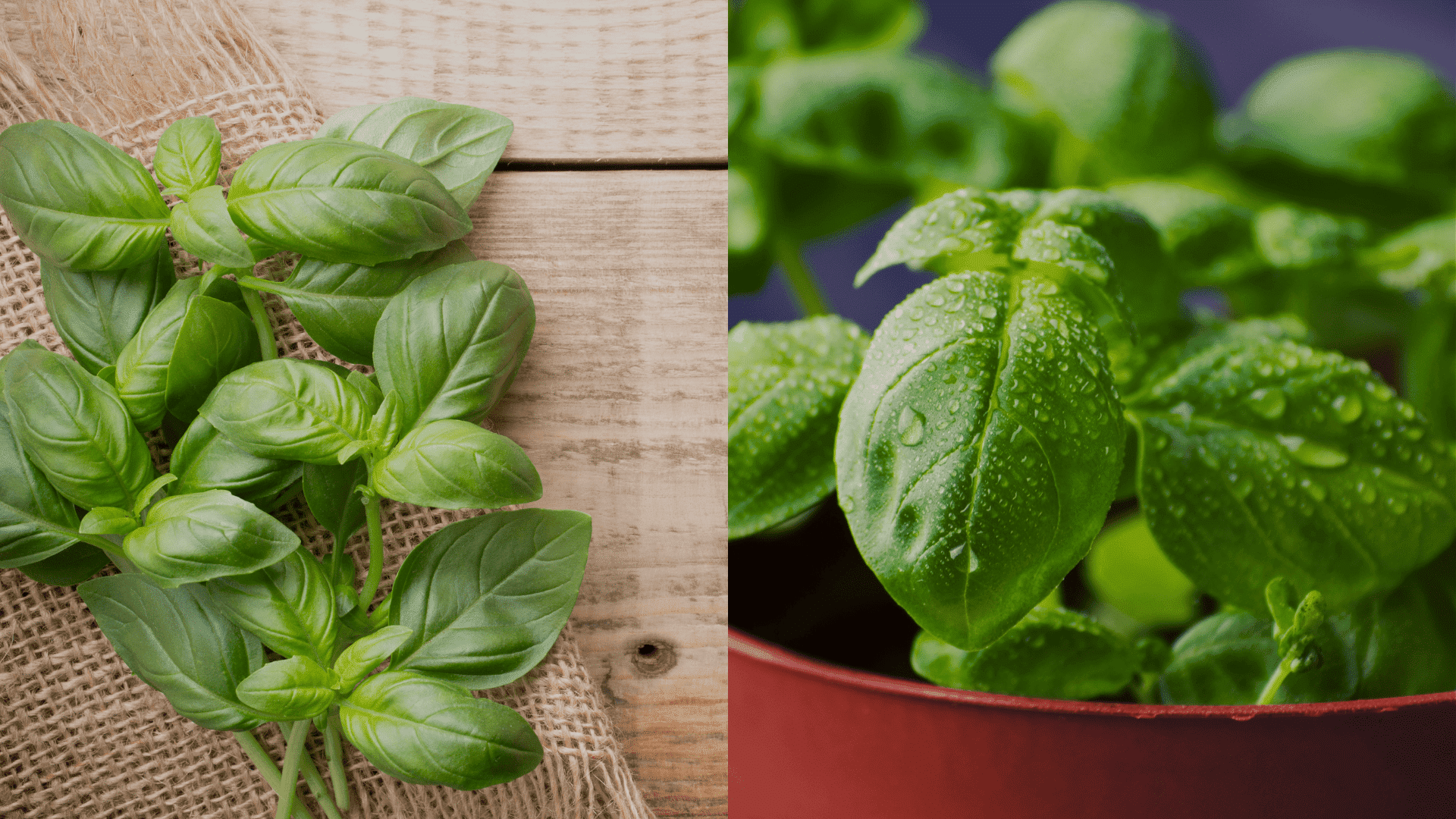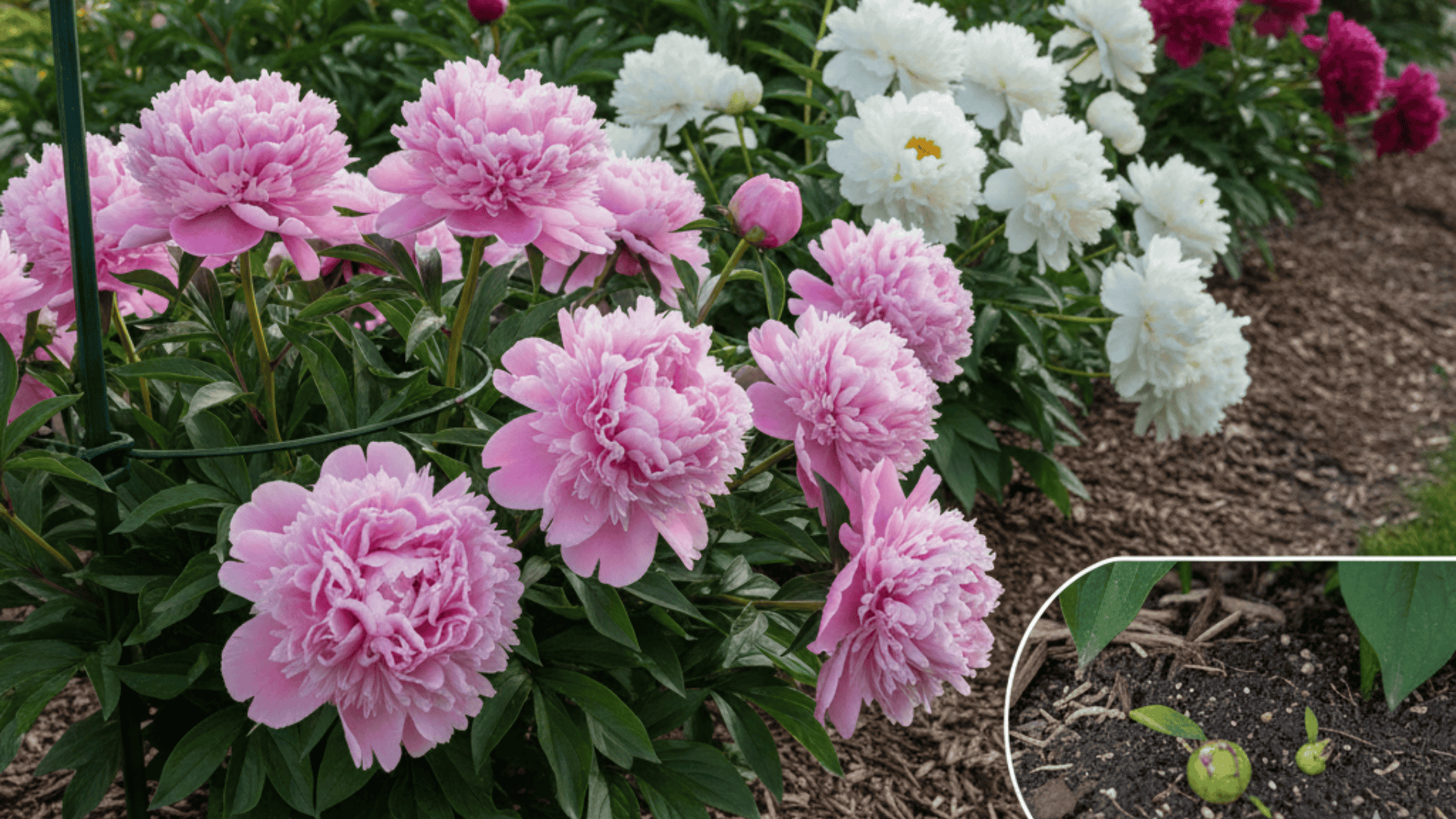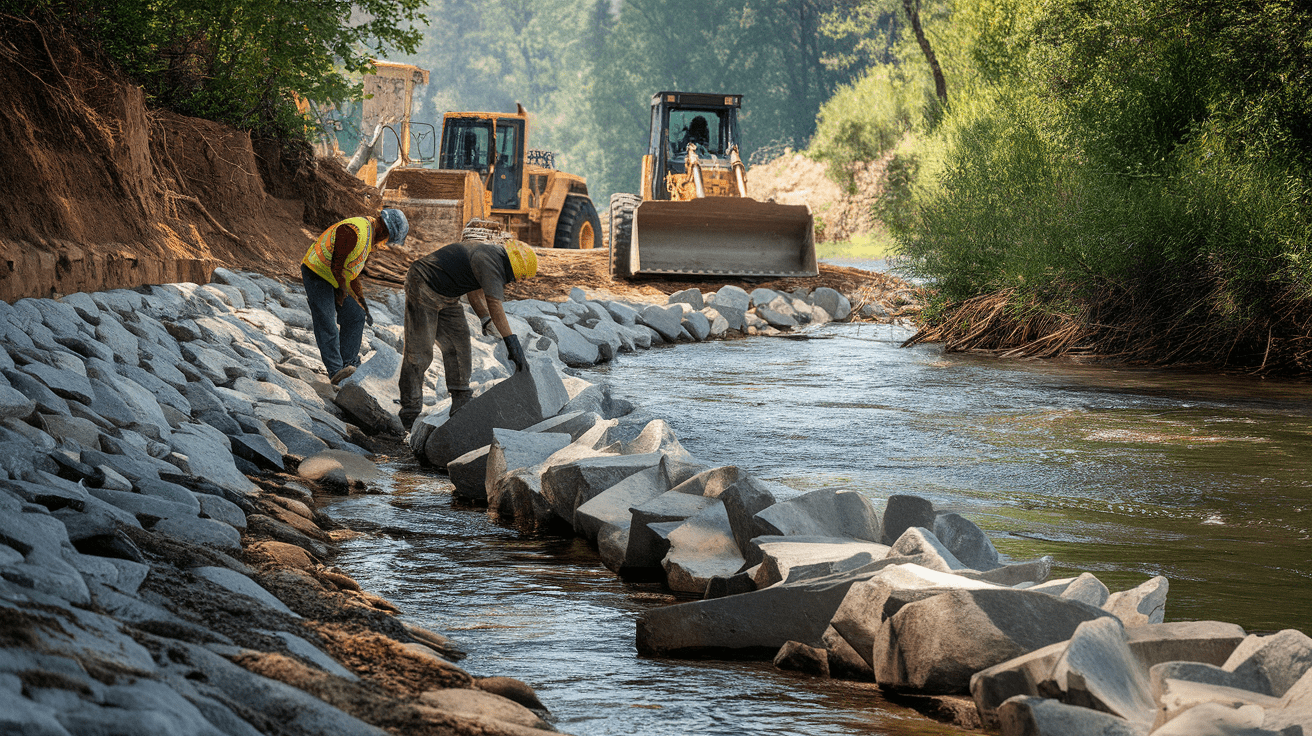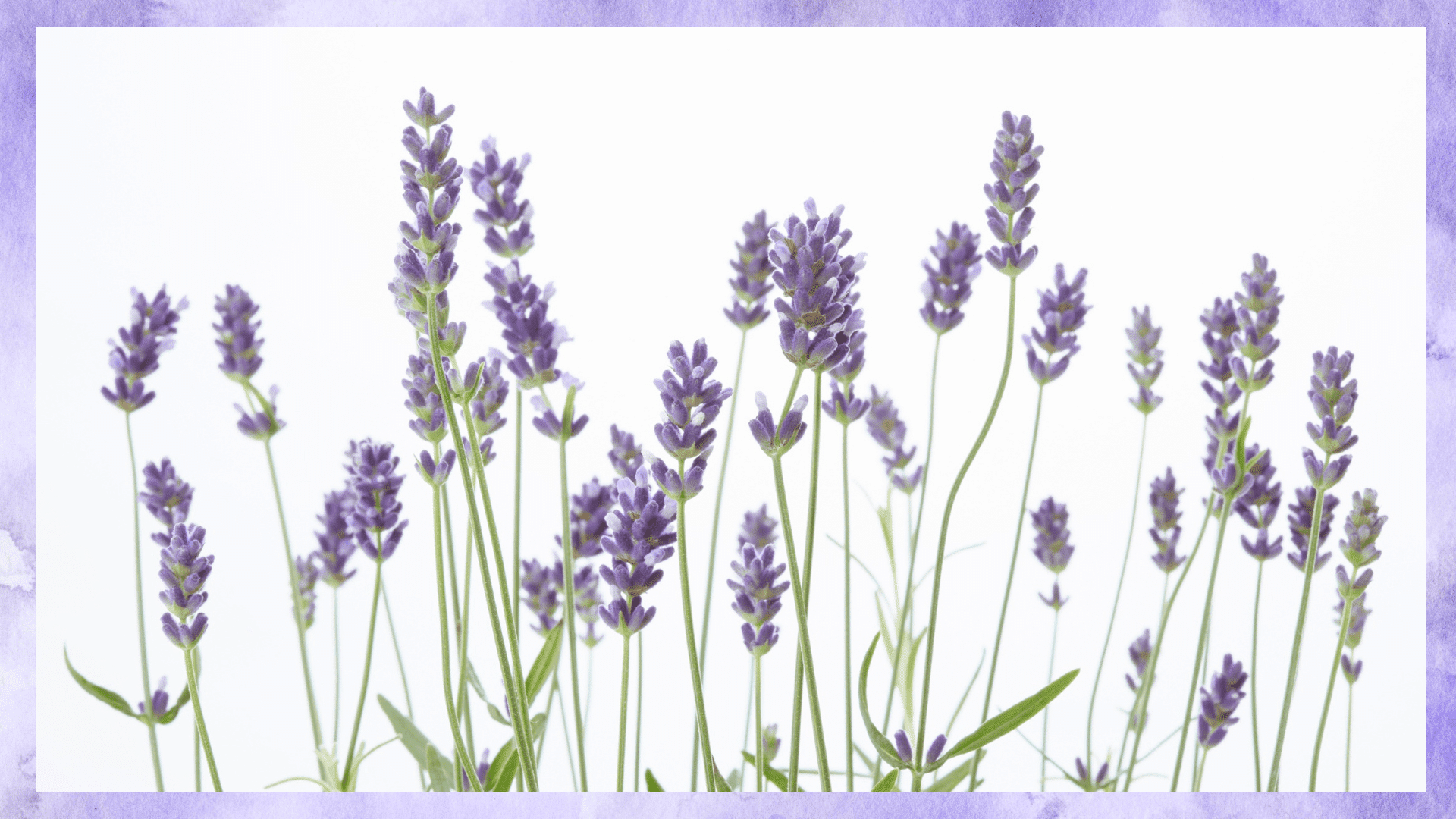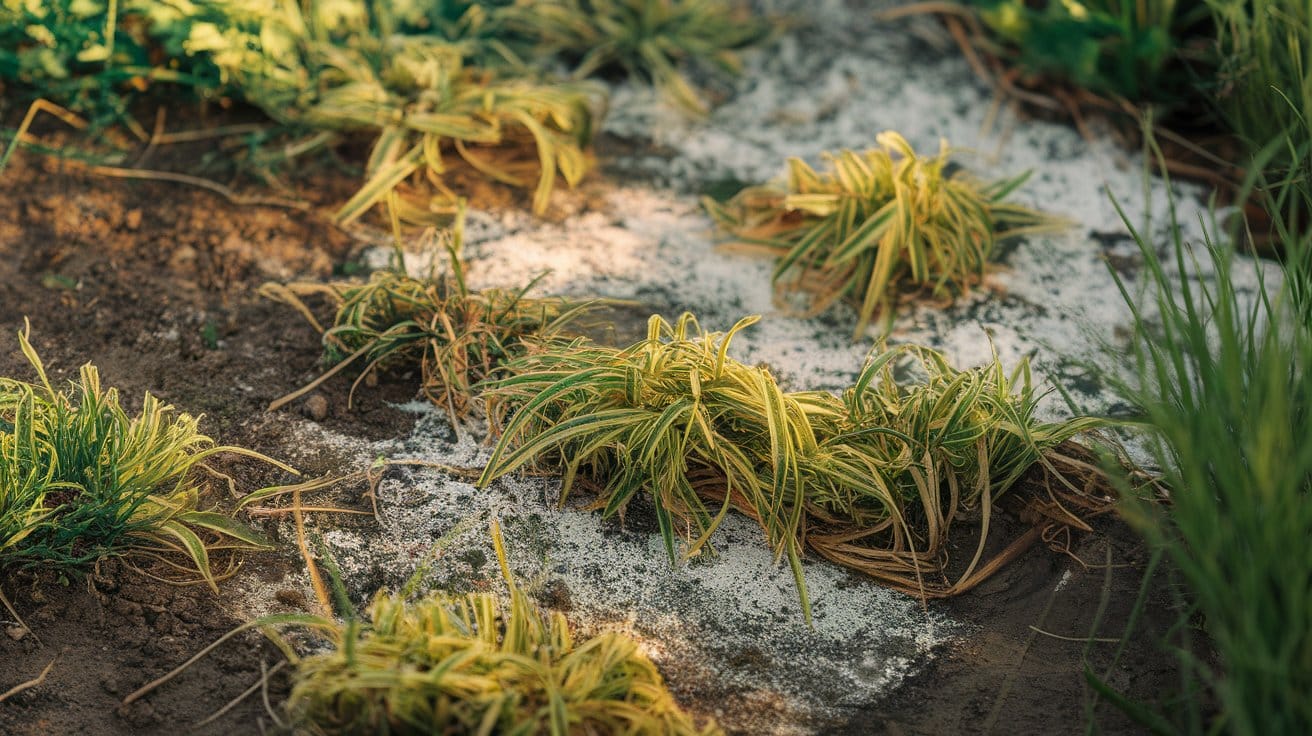Tomatoes are a very popular vegetable among the gardeners.
The reason behind it is very simple: its taste, color, and ability to mix with any dish to enhance its flavor and give it a new look.
But there’s a catch: tomatoes are not the easiest vegetable to grow.
There are some things you should keep in mind to grow a perfect tomato with the perfect size and taste, without any trouble.
In this post, you will find varieties of tomatoes, how to plant and grow them, and mistakes to avoid during your tomato gardening experience.
There are some advanced techniques and tips to help you improve your tomato gardening skills.
Let’s start your new upskill tomato gardening path!
Where to Plant Tomatoes?
Tomatoes need good, rich, perfectly drained soil in a location where sunlight directly comes towards the plants.
It is very important for the growth of the tomatoes, and the plant needs a minimum of 5-6 hours of direct sunlight.
Plants also require 2-3 square feet of space to grow perfectly without any overcrowding and any risk of disease
Determinate vs. Indeterminate Tomatoes
| Feature | Determinate Tomatoes | Indeterminate Tomatoes |
|---|---|---|
| Growth Type | Bush-like and compact | Tall and vining |
| Height | Up to 4 feet | 8–10 feet or more |
| Space Needed | Ideal for containers | Needs more garden space |
| Fruit Production | Ripens all at once (1–2 weeks) | Produces fruit all season |
| Maintenance | Low, easy to manage | Higher needs support |
| Lifespan | Ends after harvest | Grows until frost |
How to Plant Tomatoes?
Planting tomatoes the right way helps them grow strong, stay healthy, and produce an abundant harvest throughout the season.
By following these six simple steps, you can create the ideal environment for your tomato plants to grow.
Step 1: Dig a Deep Hole
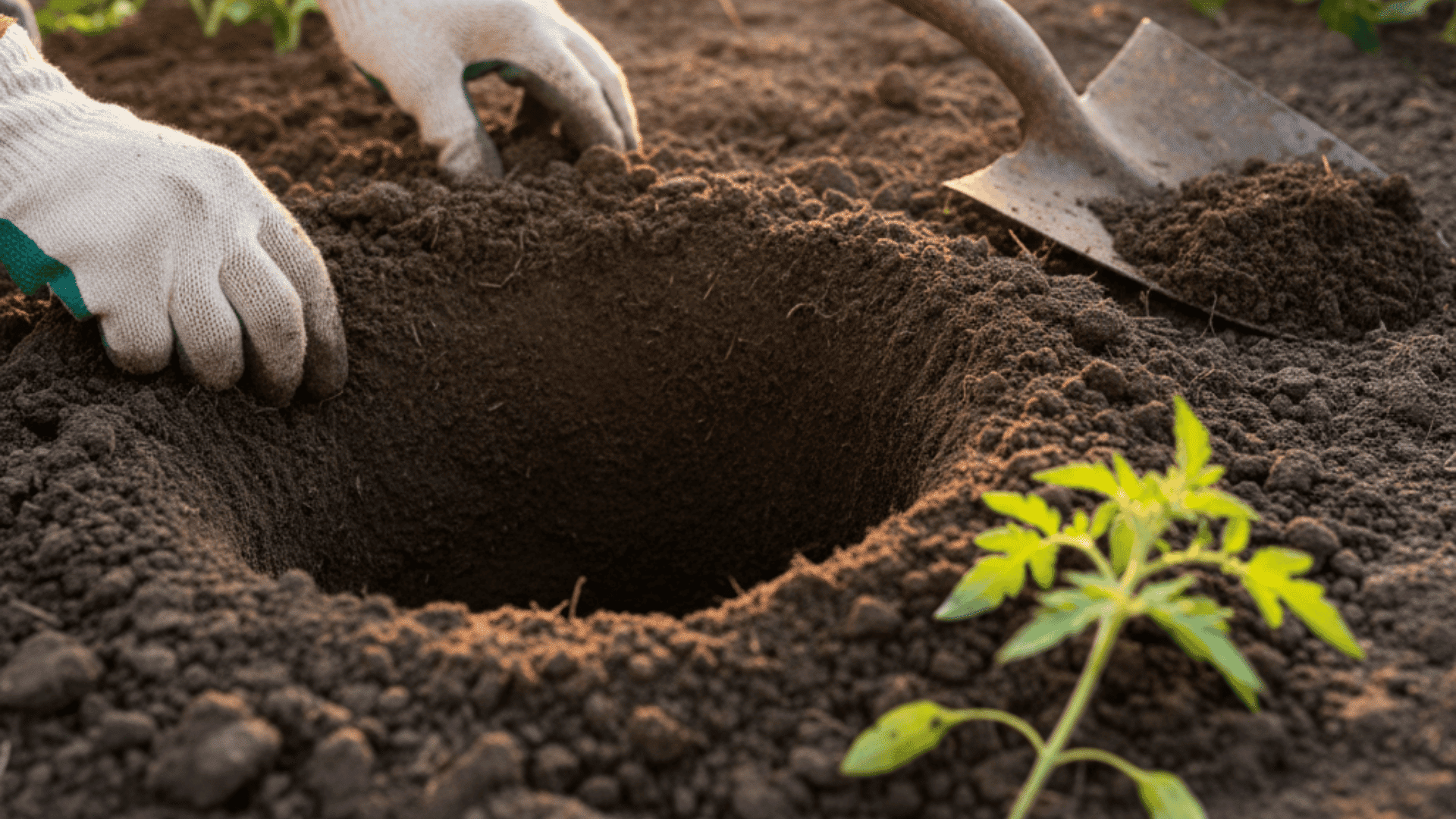
Start by digging a deep hole, about twice the height of the tomato plant’s root ball.
A deeper hole allows the plant to develop a wide and sturdy root system that supports consistent growth and improves nutrient absorption.
Deeper roots also help the plant access water during hot, dry days, keeping it healthy and resilient.
Step 2: Identify Root Nodes
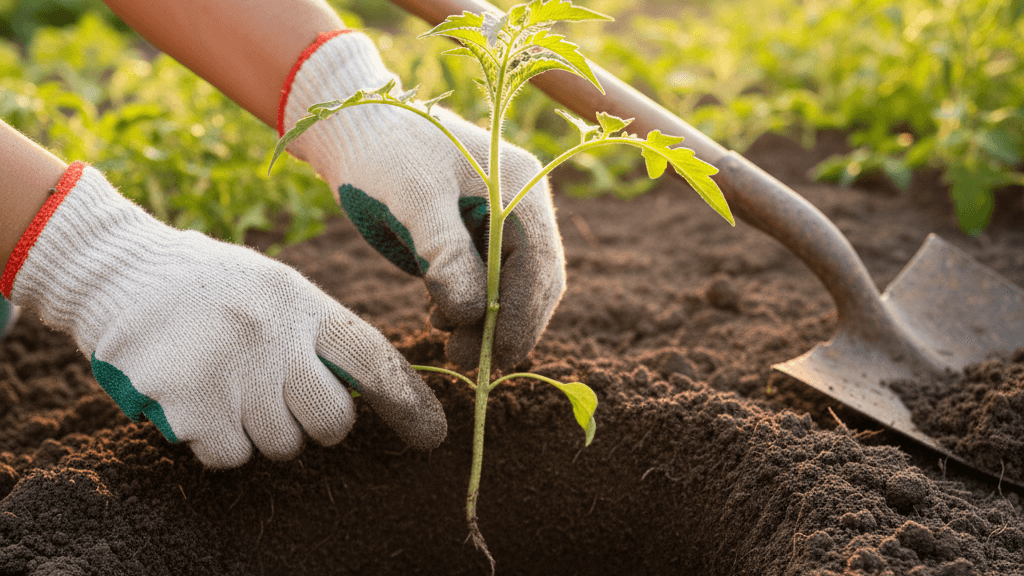
Examine the stem closely to find small bumps or nodes that will eventually form roots when buried.
Covering these nodes with soil encourages the plant to grow additional roots, which strengthens its foundation and upgrades nutrient uptake.
This technique creates a more stable plant that can handle wind, rain, and heavy fruit later in the season.
Step 3: Add Soil and Compost
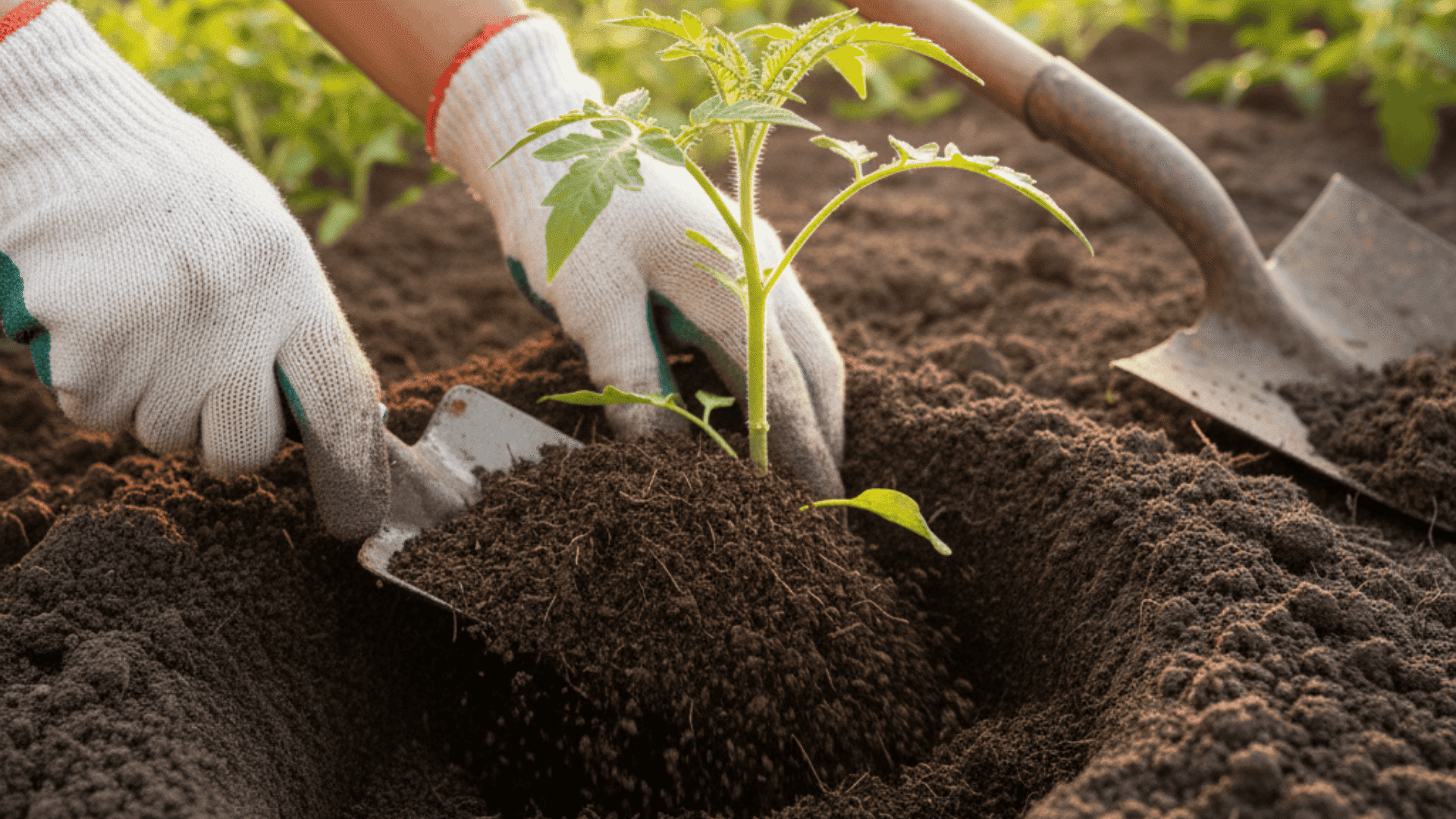
Before placing the plant into the hole, mix garden soil with compost to create a nutrient-rich base.
The compost provides important minerals while improving soil texture and drainage, allowing the roots to breathe and grow freely.
This balanced mixture helps the plant establish itself faster and promotes long-term growth and productivity.
Step 4: Create a Water Mound
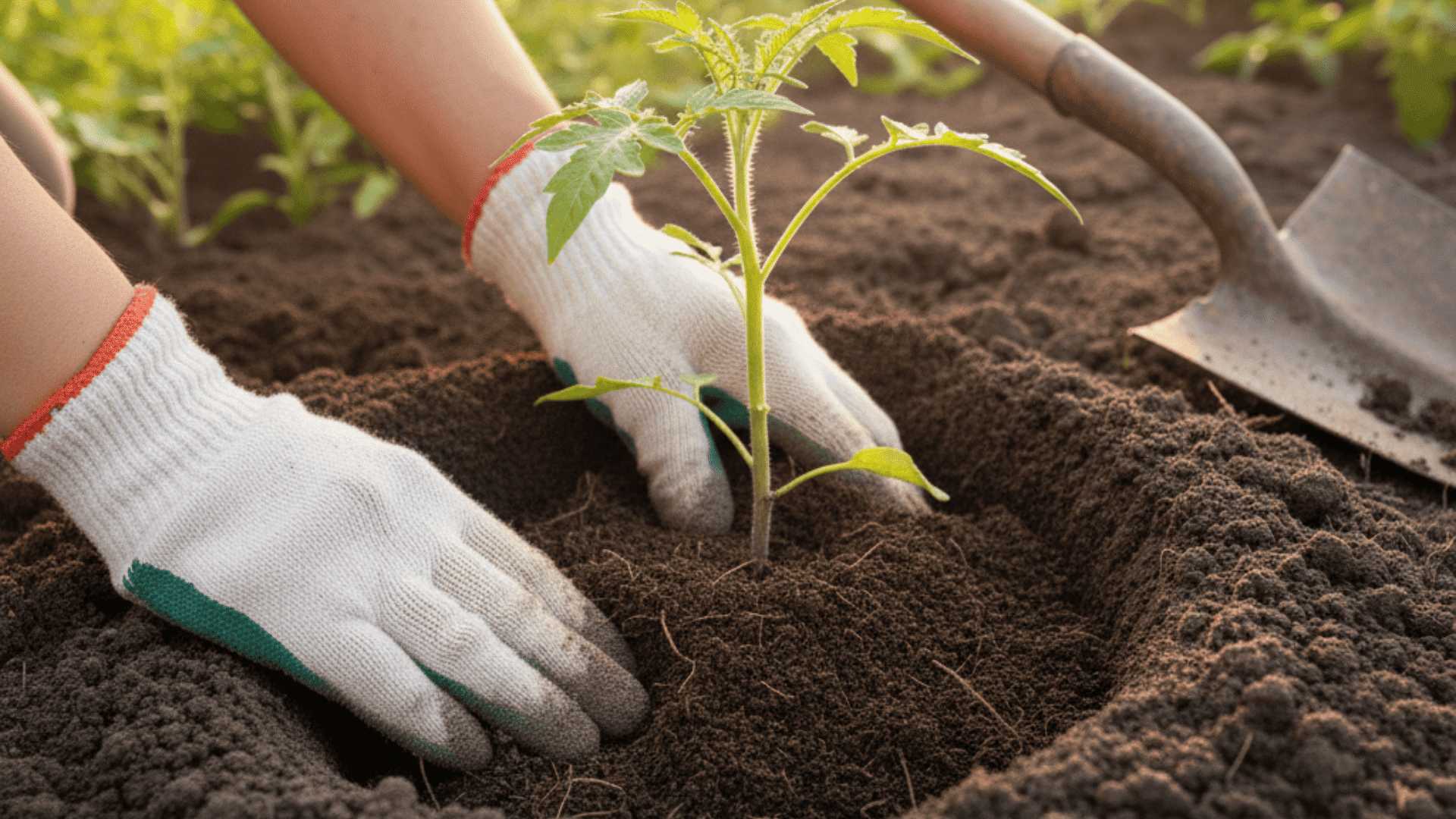
After planting, gently form a small mound of soil around the base of the plant.
This mound directs water toward the roots instead of letting it spread away from the plant, ensuring consistent hydration.
Keeping water focused at the base also helps prevent soil-borne diseases from splashing onto the leaves.
Step 5: Support with Cages or Stakes
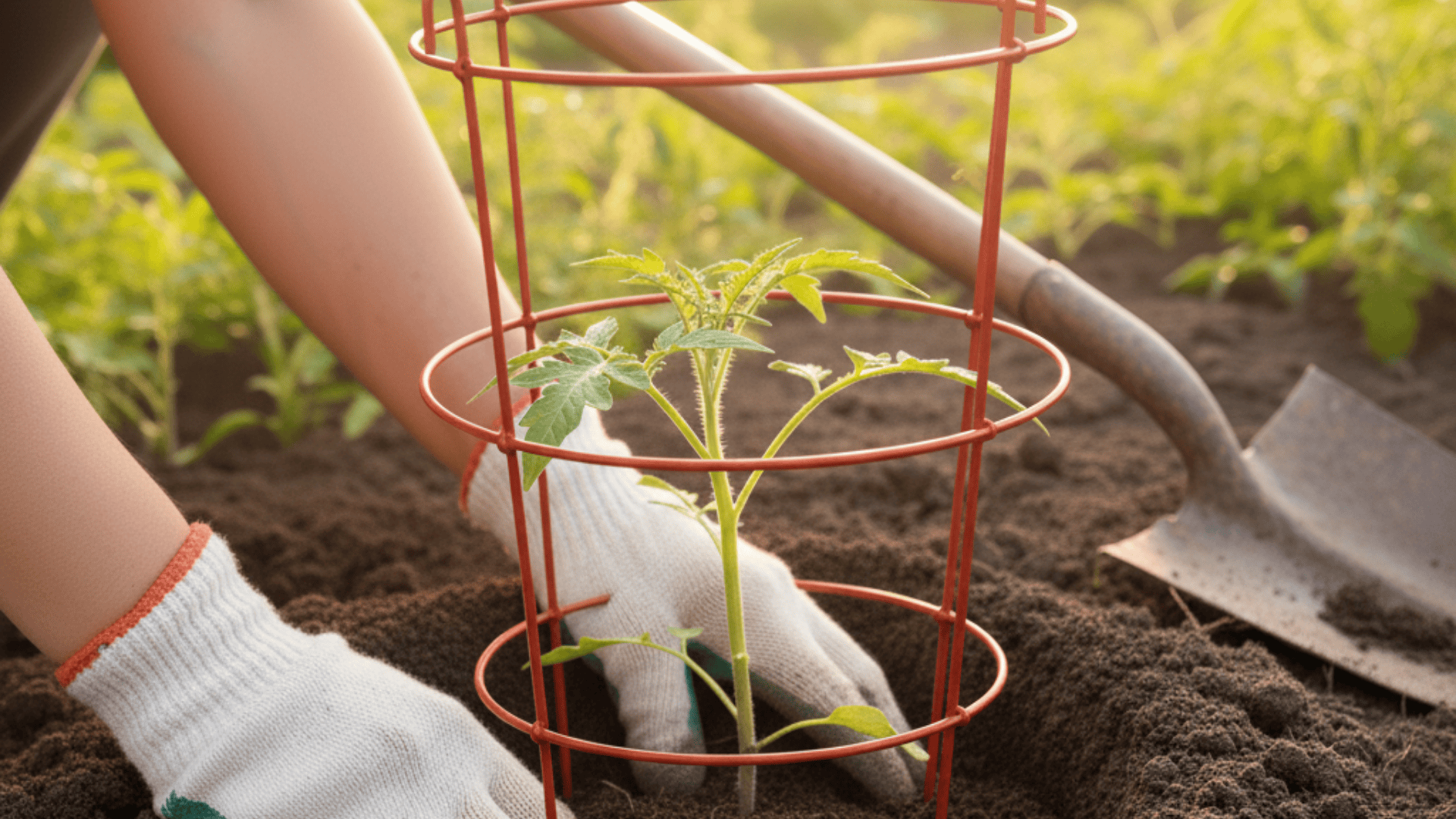
Place a sturdy cage or stake beside the tomato plant right after planting to provide support as it grows taller.
Gently tie the stem to the stake using soft plant ties or garden twine to prevent bending or breaking under the weight of the fruit.
A good support system improves air circulation, reduces the risk of fungal issues, and helps produce cleaner, better-shaped tomatoes.
Step 6: Water and Mulch Regularly (Final Step)
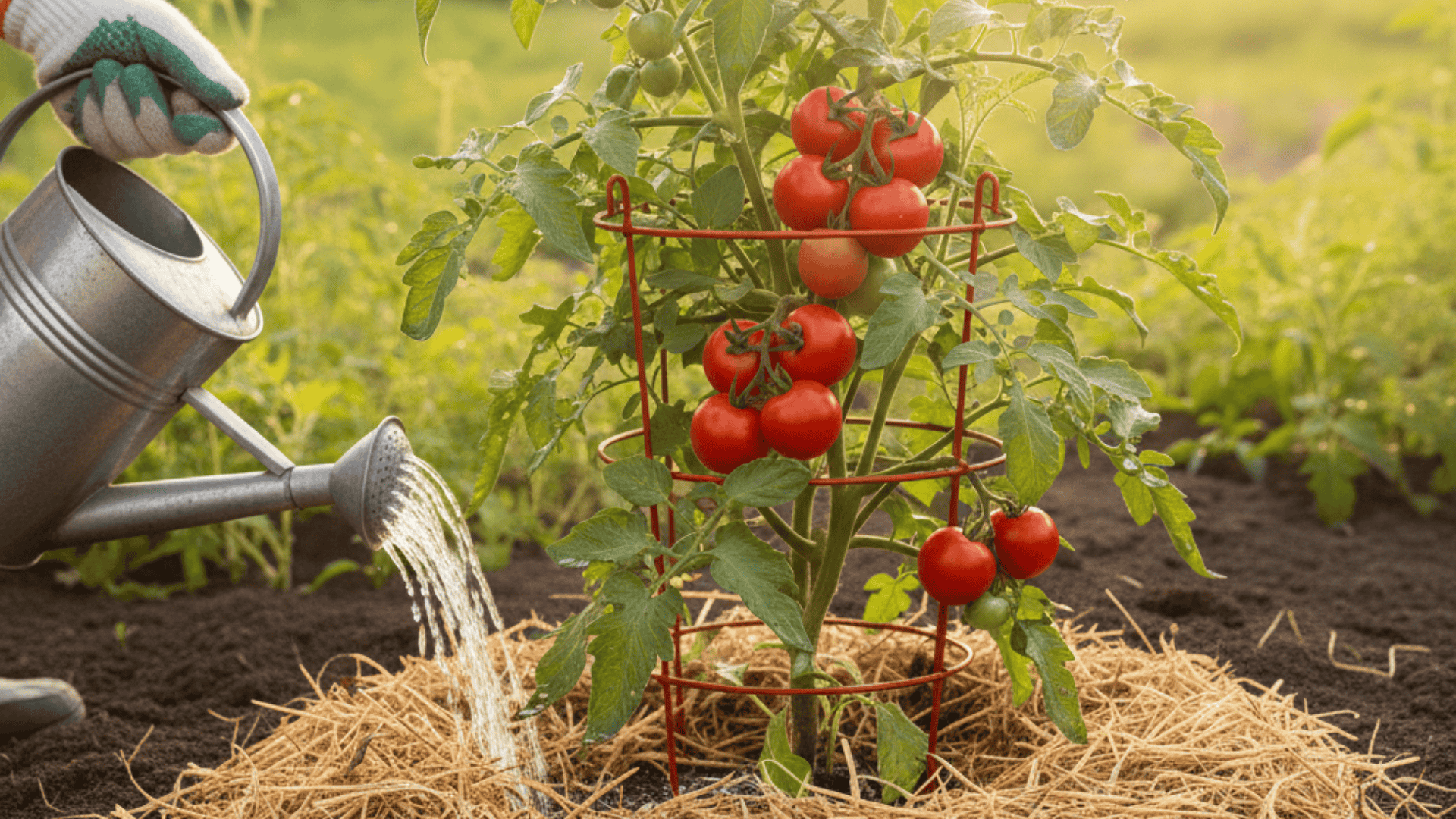
Keep the soil consistently moist, giving your tomato plants a steady water supply as they grow and begin to flower.
Spread a layer of mulch, such as straw or leaves, around the base to retain moisture and regulate soil temperature.
With regular watering, balanced feeding, and proper sunlight, your tomato plants will grow, producing clusters of juicy, ripe tomatoes ready for picking by mid to late summer.
Advanced Tips to Grow Tomatoes
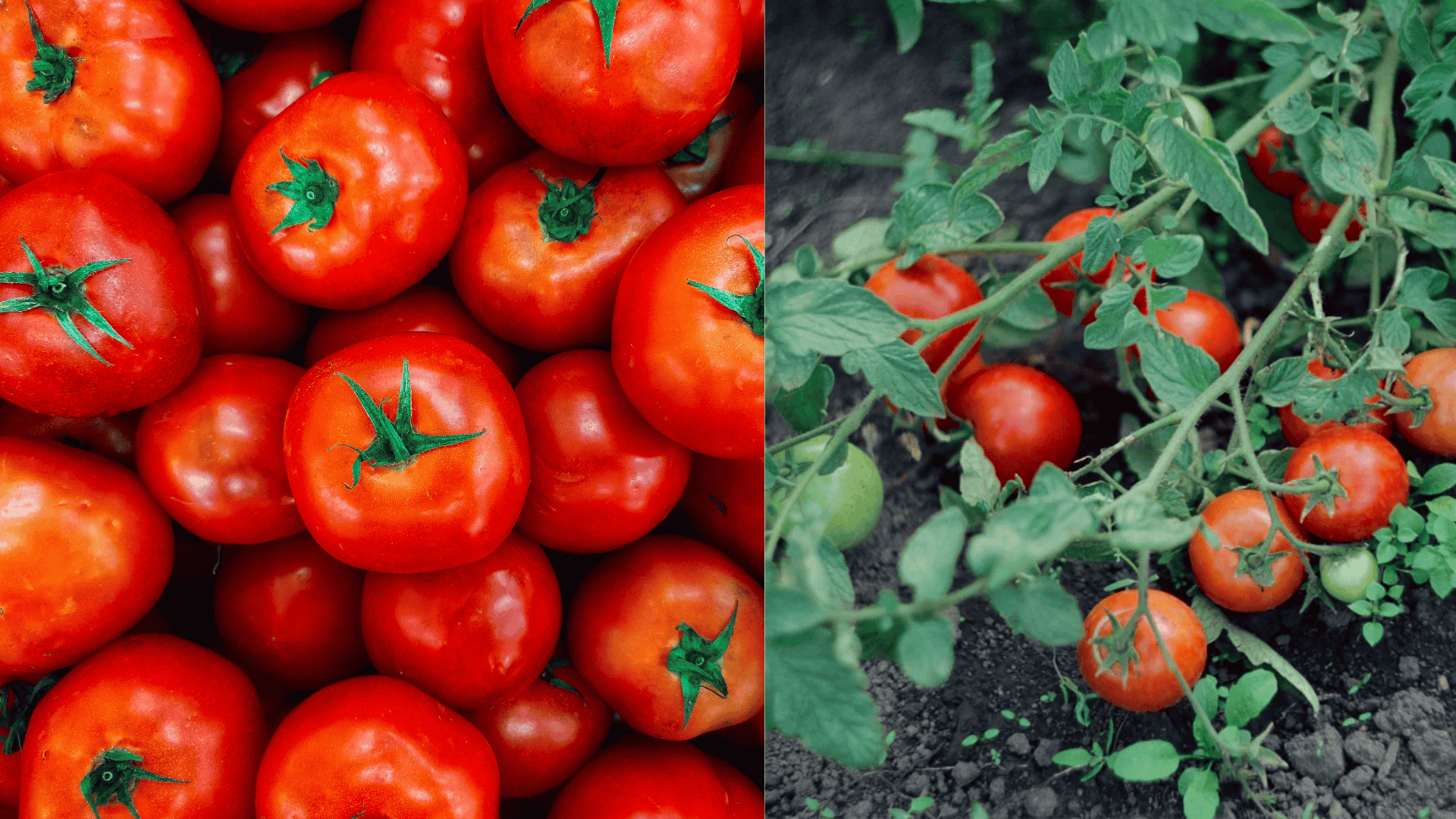
There are some advanced techniques that will help you grow your tomatoes to the perfect size, shape, and taste.
1. Watering Tomatoes
Watering plants is very necessary and basic for the growth of the healthier plant, but there are things you need to remember.
- Water directly to the soil and avoid watering the foliage
- Always check the soil with your index finger to find out if it is dry or needs water
- Use mulch, which helps with soil moisture and suppresses weeds
2. Fertilizing Tomatoes
Fertilizers are the key to boosting the growth of your plant, and they help it grow better and healthier in every aspect.
- Before transplanting, it is the best time to add aged manure for a good, healthy start
- Fertilizers with the higher percentage of nitrogen support healthy foliage
- Use fertilizer with the higher P value two weeks before flowering
3. Pruning Tomatoes
Pruning helps plants to improve airflow and focus the plant’s energy on fruit production by removing suckers
- When the first flowers open, you can see the main stem and suckers
- You should prune around once a week for better growth
- Don’t prune one to two weeks before harvesting to give the plants enough time
Harvesting Tomatoes
Knowing how to grow tomatoes also means recognizing the right time to harvest them for the best taste and texture.
Ripe tomatoes should feel slightly soft when gently squeezed and display the color mentioned on the seed packet.
For darker varieties, such as purple or black tomatoes, use touch rather than color to check ripeness.
The ideal time to harvest depends on the variety, weather, and your personal preference.
Some gardeners prefer picking fully ripe tomatoes, while others harvest slightly earlier to prevent splitting.
Tomatoes that have started to change color will continue ripening indoors, but fully green ones will not.
As late summer approaches, plan ahead with jars, tools, or recipes to make the most of your harvest.
How to Protect Tomatoes from Pests?
Learning how to grow tomatoes the right way helps protect your plants from pests and diseases while ensuring healthy, flavorful harvests.
- Use natural pest control: Spray a mild dish soap and water solution to remove insects or apply neem oil early in the morning to avoid leaf burn.
- Block crawling pests: Sprinkle diatomaceous earth around the base to keep slugs and other pests away.
- Prepare the soil: Ensure the soil is slightly acidic (pH 5.8–7) and well-drained for strong root growth.
- Plant and space properly: Plant tomato transplants deeply and leave enough space between them for air circulation and healthy roots.
- Water wisely: Keep the soil slightly moist but not soggy , water only when the surface feels dry to the touch.
Conclusion
Now you know how to grow a tomato plant and how to protect them and make them more healthier and tastier with the perfect size and colour
Also, use the techniques that support your gardening passion with everyone’s favourite vegetable ( fruit).
Don’t forget the tips to completely change your game in tomato planting.
Keep the mistakes in your head when you plant your tomatoes, and make sure to double-check them to ensure your healthier plant growth
If you try any of the techniques, make sure to comment down your tomato plant experience!
Frequently Asked Questions
Why Put Baking Soda Around Tomato Plants?
Baking soda is used on tomato plants to fight fungal diseases by altering the pH of the leaves.
Are Coffee Grounds Good for Tomatoes?
Yes, Coffee grounds can be good for tomatoes in moderation
Are Banana Peels Good for Tomato Plants?
Yes, they have potassium, which supports fruits develpoment

